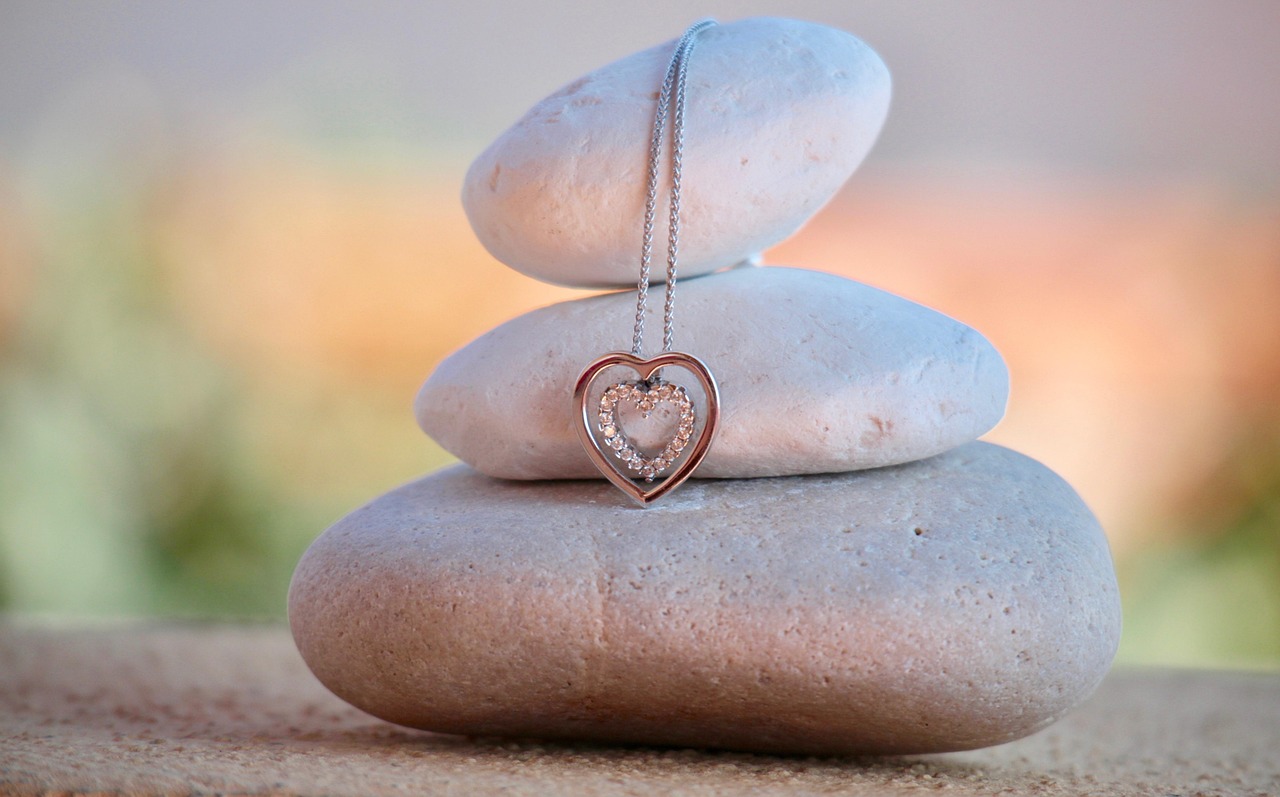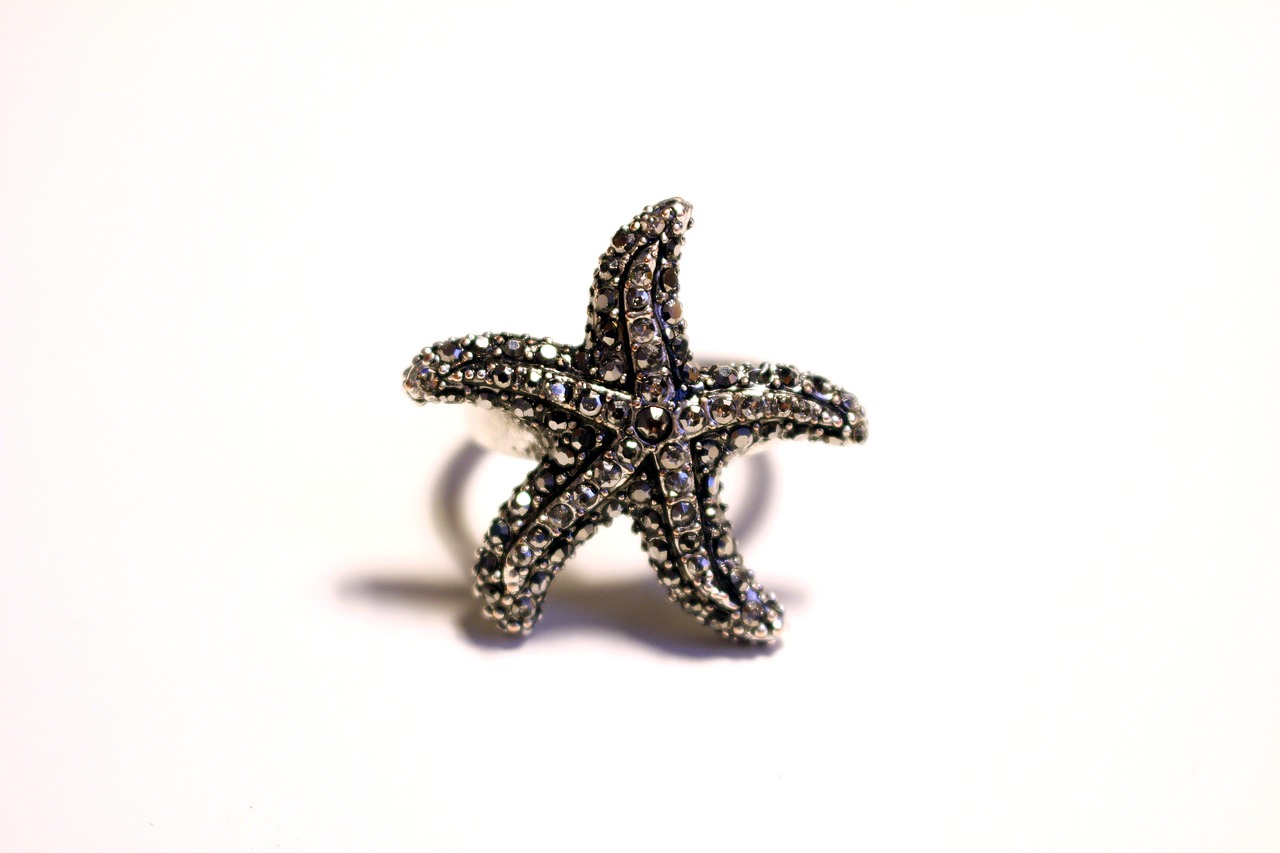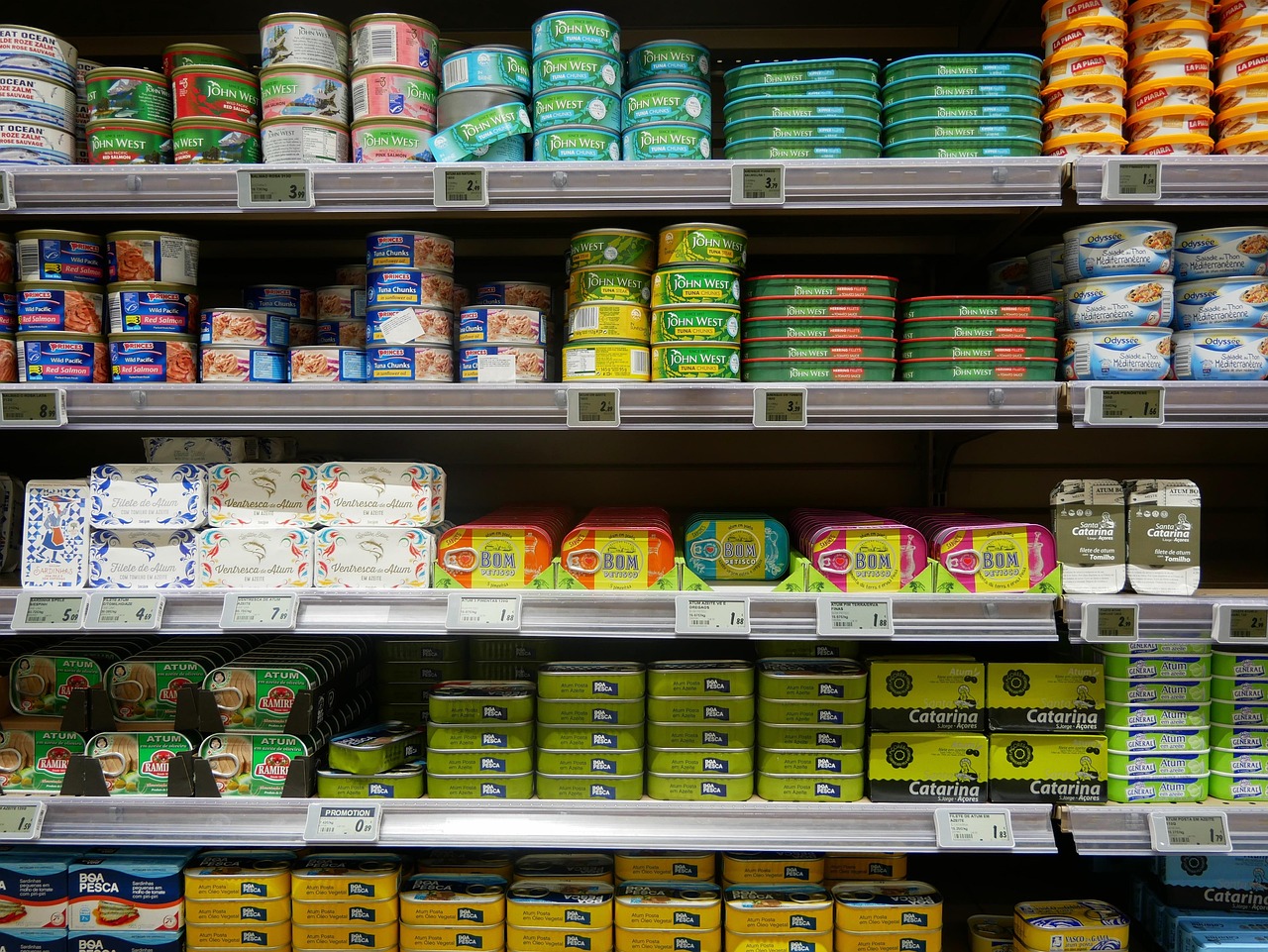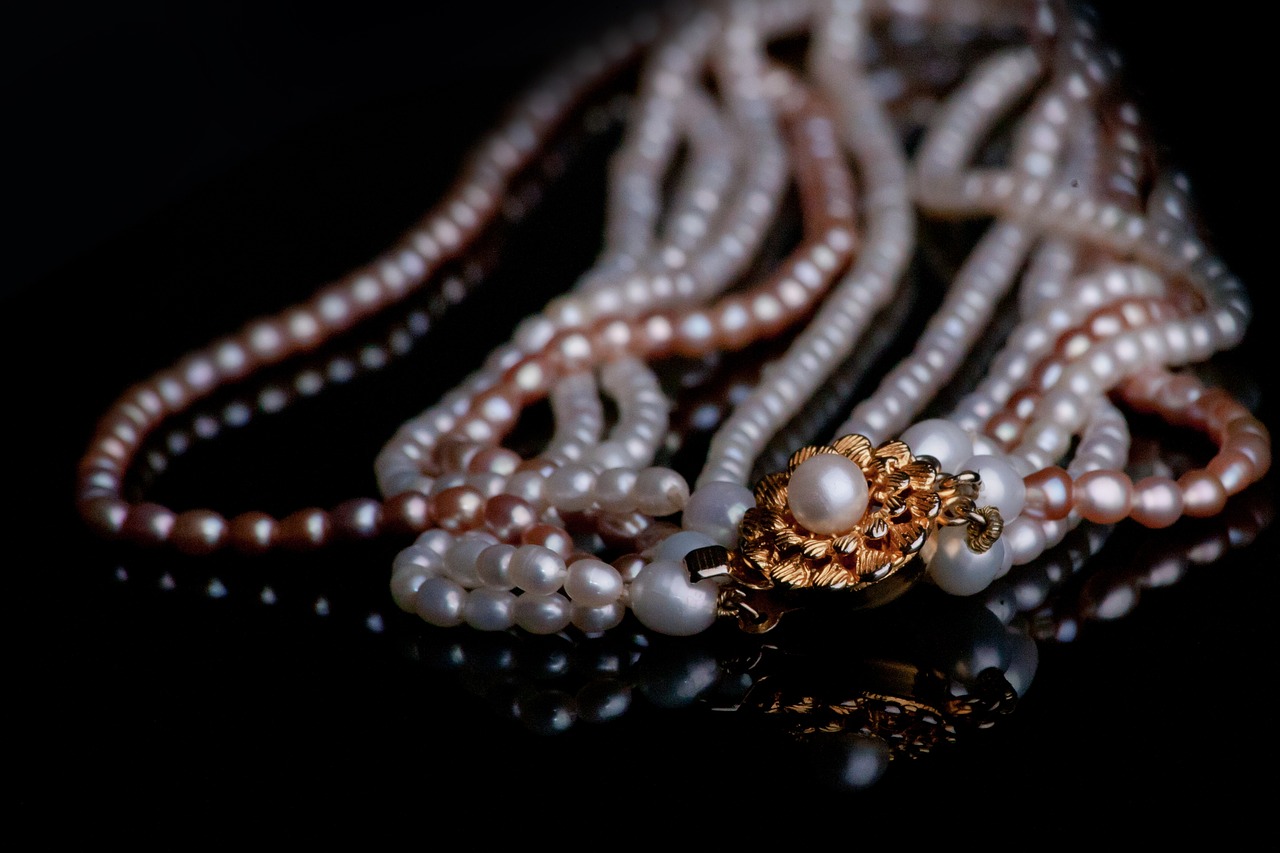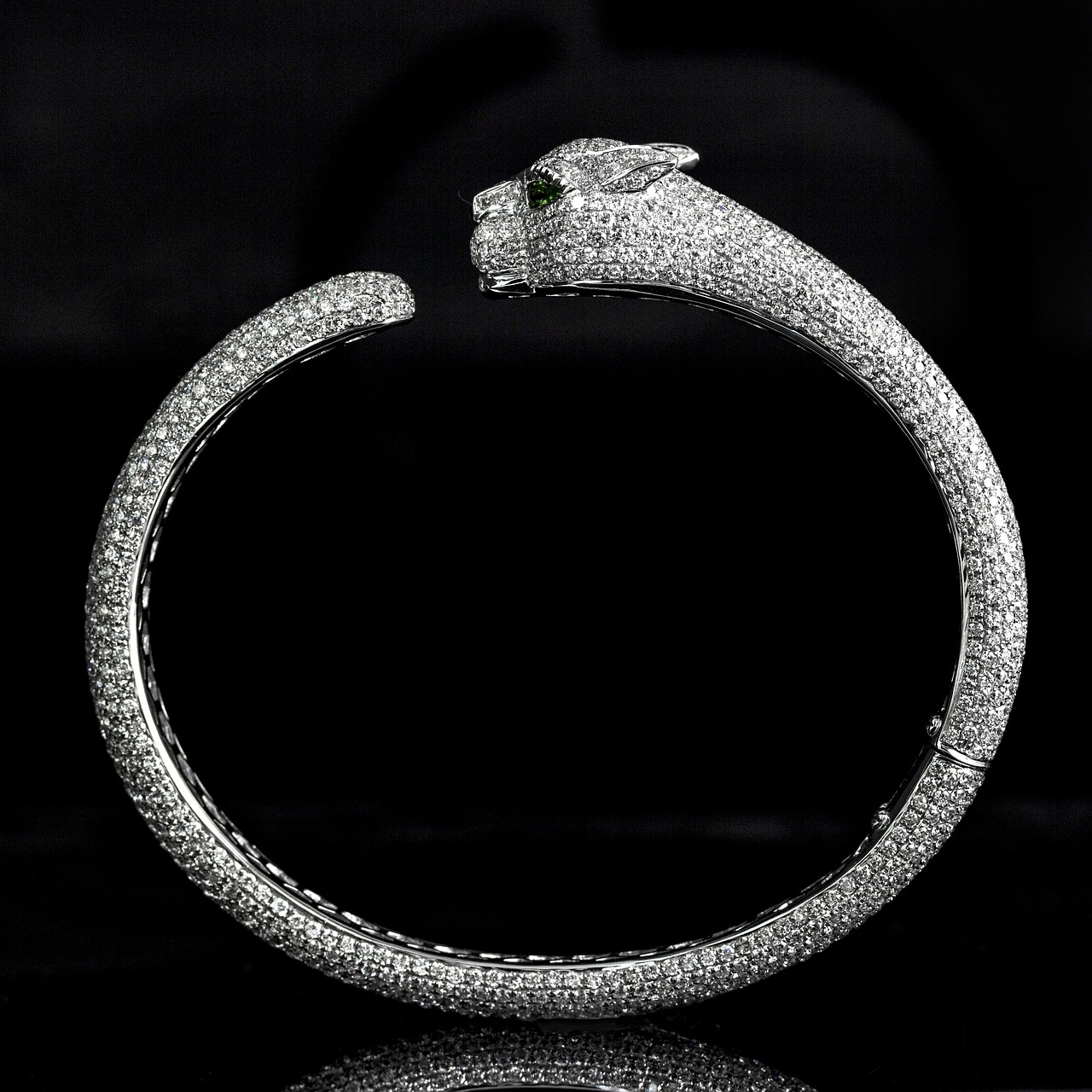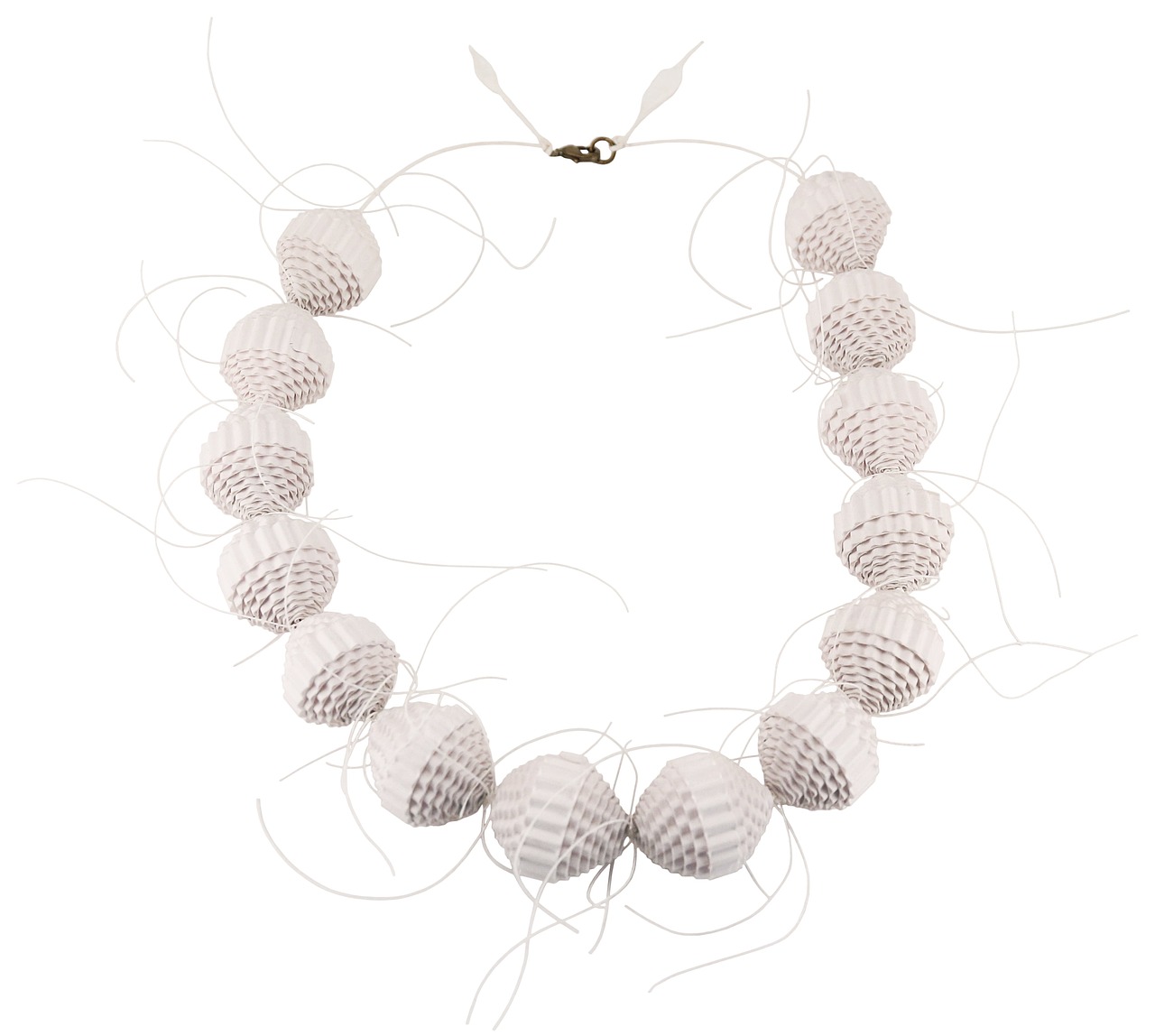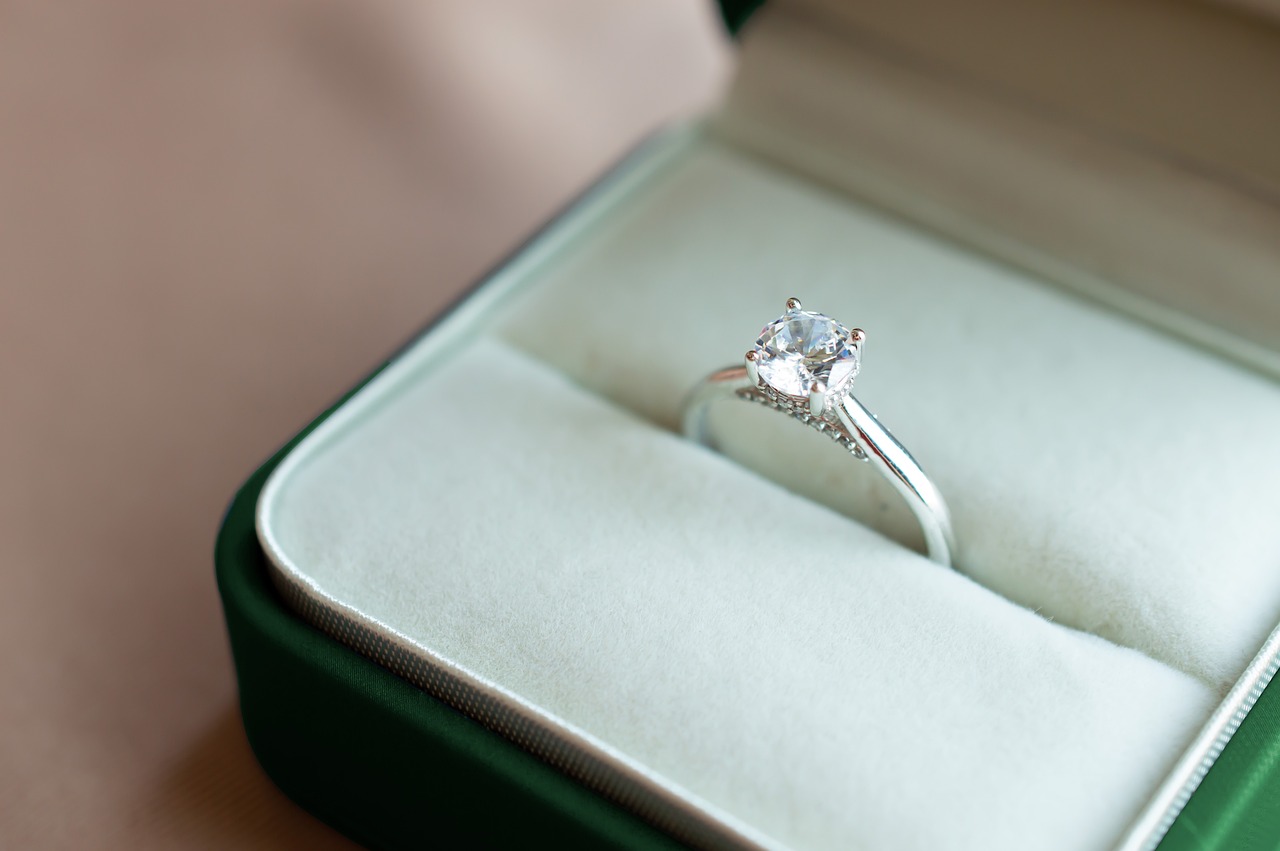This article delves into the essential care techniques for titanium and stainless steel jewelry, ensuring longevity and maintaining their aesthetic appeal. Discover practical tips and expert insights for optimal maintenance.
Why Choose Titanium and Stainless Steel for Jewelry?
Understanding the benefits of titanium and stainless steel helps you appreciate their popularity in jewelry making. These materials are durable, hypoallergenic, and resistant to tarnish, making them ideal for everyday wear.
How to Clean Titanium Jewelry Effectively?
Cleaning titanium jewelry requires specific methods to preserve its finish. Using mild soap and water can effectively remove dirt and oils without damaging the surface, ensuring your jewelry stays shiny and new.
What Are the Best Cleaning Products for Stainless Steel Jewelry?
Choosing the right cleaning products is crucial for stainless steel jewelry care. Look for non-abrasive cleaners and avoid harsh chemicals to maintain the metal’s luster and prevent scratches.
Homemade Cleaning Solutions for Stainless Steel
Creating your own cleaning solution can be cost-effective and safe. A mixture of vinegar and baking soda can effectively remove tarnish without harming the metal.
Using a Soft Cloth for Polishing
A soft microfiber cloth is ideal for polishing stainless steel jewelry. Regular polishing can help restore shine and remove minor scratches, enhancing the piece’s overall appearance.
When to Avoid Cleaning Products
Certain cleaning products, particularly those containing bleach or ammonia, should be avoided. These can corrode the metal and diminish its quality over time, leading to irreversible damage.
Professional Cleaning Services for Jewelry
For intricate or heavily tarnished pieces, consider professional cleaning services. Experts have specialized tools and techniques to restore your jewelry without risking damage.
How to Store Your Titanium and Stainless Steel Jewelry?
Proper storage is essential for maintaining the quality of your jewelry. Using a soft-lined box or pouch can prevent scratches and keep your pieces organized and safe from environmental factors.
What to Avoid When Caring for Your Jewelry?
- Avoid exposing titanium and stainless steel to harsh chemicals.
- Keep your jewelry away from extreme heat.
- Steer clear of abrasive materials that can scratch the surface.
How to Remove Scratches from Titanium and Stainless Steel?
Scratches can occur over time, but there are methods to minimize their appearance. Using a fine polishing compound can help buff out light scratches and restore the jewelry’s shine.
What Are the Benefits of Regular Jewelry Maintenance?
Regular maintenance not only keeps your jewelry looking its best but also extends its lifespan. Consistent care helps prevent buildup and damage, ensuring your pieces remain beautiful for years to come.
In conclusion, by following these essential care techniques, you can ensure that your titanium and stainless steel jewelry remains in excellent condition. Regular cleaning, proper storage, and avoiding harsh chemicals will help maintain the beauty and integrity of your pieces, allowing you to enjoy them for many years ahead.
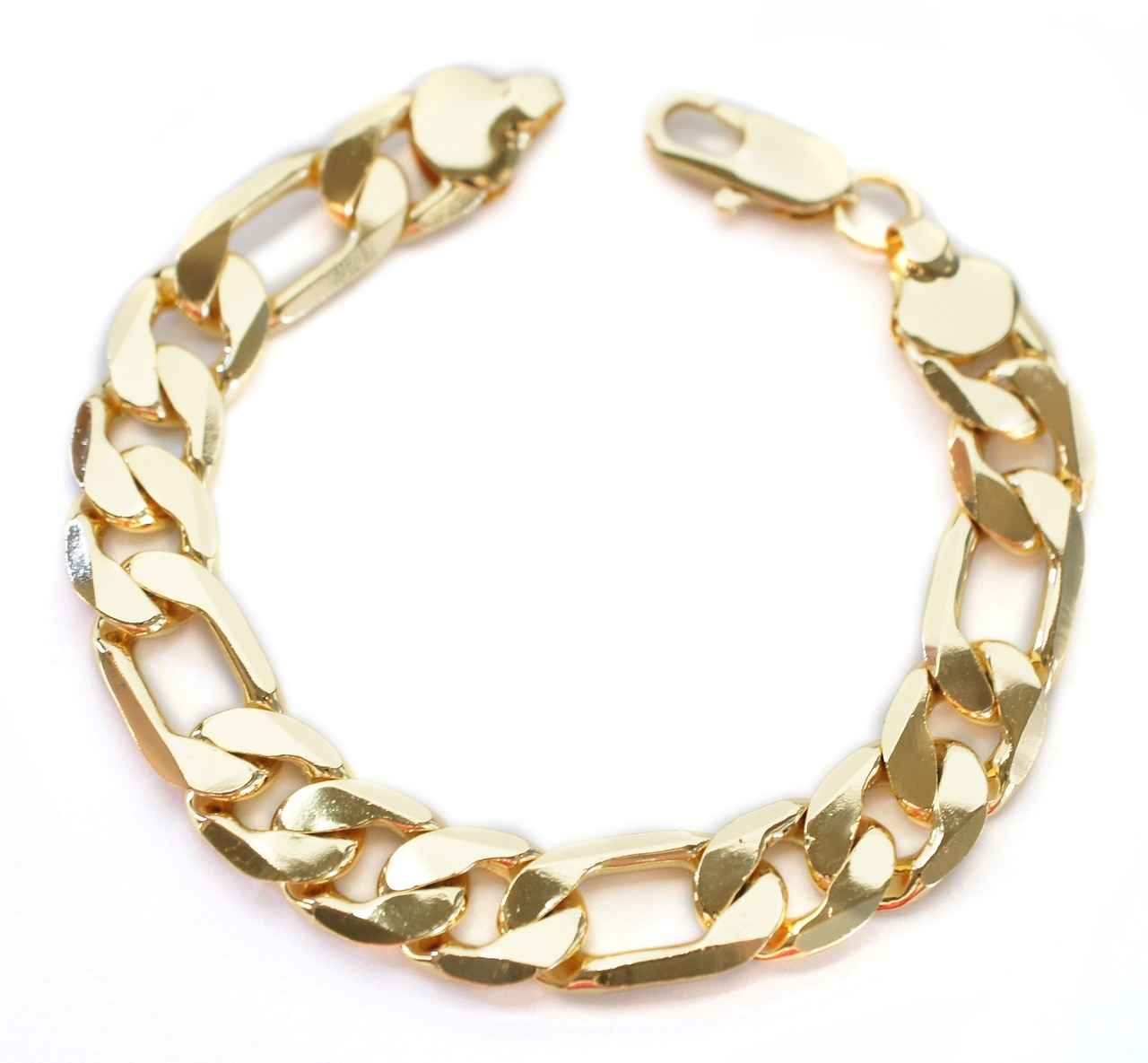
Why Choose Titanium and Stainless Steel for Jewelry?
When it comes to choosing materials for jewelry, titanium and stainless steel stand out due to their remarkable properties. Understanding the reasons behind their popularity can help you make informed decisions when selecting your jewelry pieces. Here, we explore the numerous benefits that these metals offer, making them ideal choices for everyday wear.
Titanium is renowned for its exceptional strength-to-weight ratio, making it one of the strongest metals available. This means that titanium jewelry is not only lightweight and comfortable to wear but also incredibly durable, resisting bends and breaks that might occur with softer metals. Additionally, titanium is highly corrosion-resistant, which means it can withstand exposure to moisture and various environmental conditions without tarnishing.
On the other hand, stainless steel is celebrated for its affordability and versatility. It is composed of iron, carbon, and chromium, which gives it a shiny finish and makes it resistant to rust and tarnish. This durability means that stainless steel jewelry can maintain its aesthetic appeal over time, even with regular use. Furthermore, its hypoallergenic properties make it suitable for individuals with sensitive skin.
Both titanium and stainless steel are incredibly durable, ensuring that your jewelry can withstand daily wear and tear. Unlike precious metals like gold and silver, which can scratch and dent easily, these metals maintain their integrity and appearance over time. This durability makes them particularly appealing for items such as rings and bracelets that are frequently worn.
Another significant advantage of titanium and stainless steel is their hypoallergenic nature. Many people suffer from metal allergies, particularly with metals that contain nickel. Titanium is entirely nickel-free, while stainless steel can be formulated to minimize nickel content. This makes both materials safe for individuals who experience irritation from other metals, allowing everyone to enjoy beautiful jewelry without discomfort.
One of the most frustrating aspects of jewelry ownership is dealing with tarnish. Fortunately, both titanium and stainless steel are highly resistant to tarnish and corrosion. This means that your jewelry will require less maintenance and will remain looking new for longer periods. Regular cleaning with mild soap and water is typically all that is needed to keep these metals shining bright.
Titanium and stainless steel also offer a modern aesthetic that appeals to a wide range of styles. They can be easily finished in various ways, including polishing, matte finishes, and even plating with other metals. This versatility allows designers to create unique pieces that can suit any fashion sense, from minimalist to bold statement jewelry.
When compared to precious metals, titanium and stainless steel offer a more affordable option without sacrificing quality. This makes them accessible for a broader audience, allowing more people to invest in high-quality jewelry that can last a lifetime. The combination of durability, hypoallergenic properties, and aesthetic appeal makes these materials a smart choice for both consumers and designers alike.
In conclusion, the benefits of titanium and stainless steel make them popular choices in the jewelry industry. Their durability, hypoallergenic properties, resistance to tarnish, and affordability contribute to their widespread appeal. Whether you’re looking for everyday wear or a unique statement piece, choosing jewelry made from these materials ensures you are making a wise investment.

How to Clean Titanium Jewelry Effectively?
Cleaning titanium jewelry effectively is essential to maintain its stunning appearance and longevity. Titanium is known for its durability and lightweight properties, making it a popular choice for various jewelry pieces. However, to keep your jewelry looking its best, it is crucial to follow specific cleaning methods that preserve its finish and shine.
Proper cleaning not only enhances the aesthetic appeal of titanium jewelry but also prevents damage over time. Regular maintenance helps to remove dirt, oils, and other residues that can accumulate from daily wear. By keeping your jewelry clean, you can avoid potential tarnishing and ensure that it remains in excellent condition for years to come.
- Mild soap – A gentle dish soap is ideal.
- Warm water – Helps to dissolve dirt and oils.
- Soft cloth – Microfiber cloths are recommended for drying and polishing.
- Soft-bristled toothbrush – Useful for reaching intricate designs.
To clean your titanium jewelry effectively, follow these simple steps:
- Prepare the Cleaning Solution: Mix a few drops of mild soap in a bowl of warm water. Ensure that the soap is free from harsh chemicals.
- Soak the Jewelry: Place your titanium jewelry in the soapy water and let it soak for about 10-15 minutes. This will help loosen any dirt or grime.
- Gently Scrub: Using a soft-bristled toothbrush, gently scrub the jewelry, paying special attention to any crevices or intricate details. Avoid using excessive force to prevent scratching.
- Rinse Thoroughly: Rinse the jewelry under warm running water to remove any soap residue. Make sure to do this carefully to avoid losing any pieces.
- Dry and Polish: Use a soft microfiber cloth to gently dry your jewelry. This will help restore its shine and remove any remaining moisture.
While cleaning titanium jewelry is relatively straightforward, there are certain practices to avoid:
- Avoid Abrasive Cleaners: Never use harsh or abrasive cleaners, as they can scratch the surface of the titanium.
- Steer Clear of Chemicals: Products containing bleach or ammonia can corrode titanium and should be avoided at all costs.
- Don’t Use Ultrasonic Cleaners: These devices can cause damage to titanium jewelry, especially if it has gemstones.
For optimal maintenance, it is recommended to clean your titanium jewelry at least once a month. However, if you wear your jewelry daily or during activities that expose it to sweat, dirt, or chemicals, consider cleaning it more frequently.
By following these guidelines, you can ensure that your titanium jewelry remains beautiful and lasts for many years. Regular care and attention will help preserve its unique qualities, allowing you to enjoy your pieces without worry.
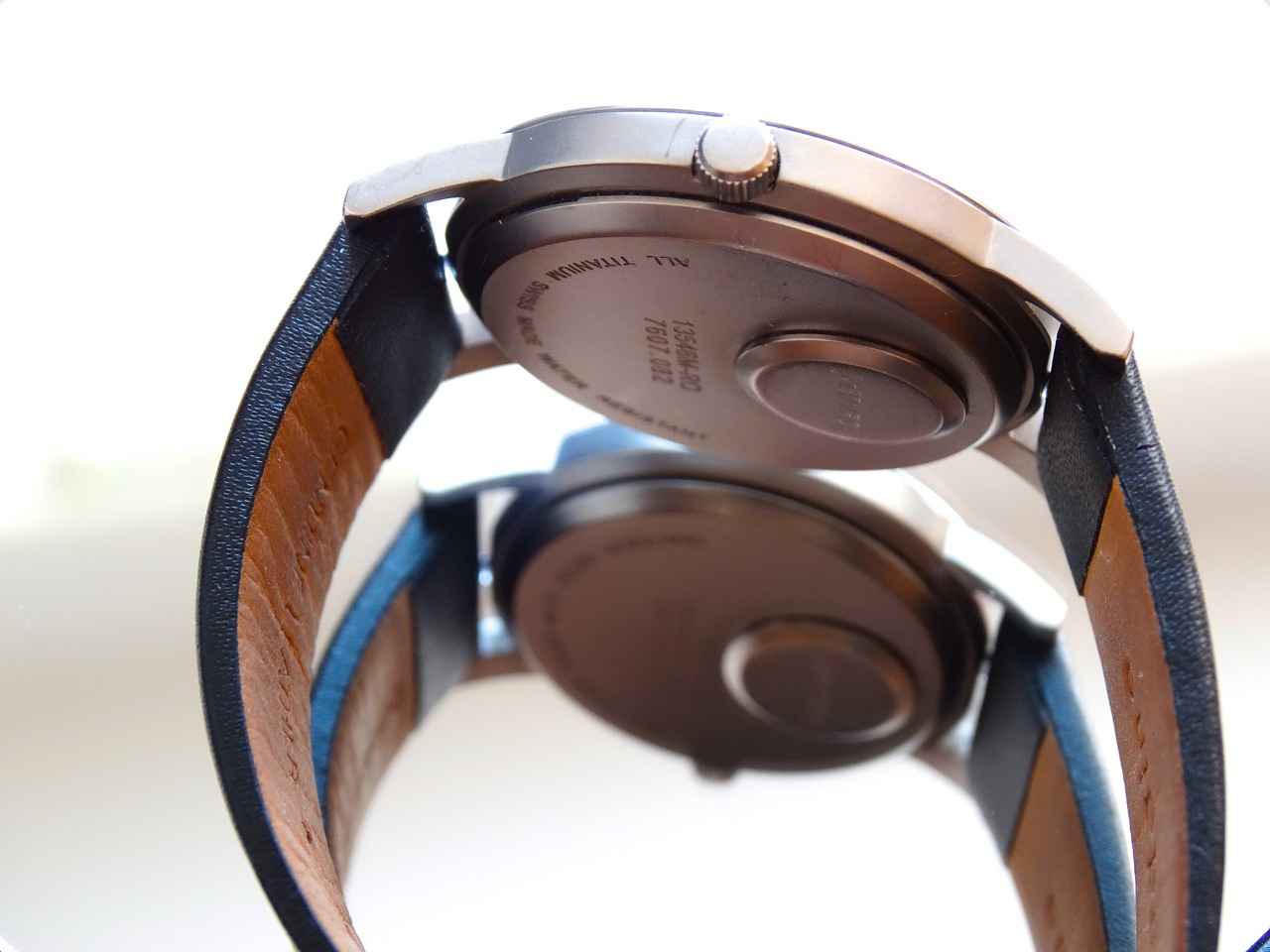
What Are the Best Cleaning Products for Stainless Steel Jewelry?
When it comes to maintaining the beauty and integrity of stainless steel jewelry, selecting the right cleaning products is essential. Stainless steel, known for its durability and resistance to tarnish, requires specific care to keep it looking its best. Below, we explore the best cleaning products and methods to ensure your jewelry remains lustrous and free from scratches.
Choosing the right cleaning products is crucial for stainless steel jewelry care. Look for non-abrasive cleaners that are specially formulated for stainless steel. These products help maintain the metal’s luster while preventing scratches that can occur from using harsh or abrasive materials.
- Dish Soap and Water: A simple solution of mild dish soap mixed with warm water can effectively clean your jewelry. Soak the pieces for a few minutes and gently scrub with a soft cloth or a soft-bristled toothbrush.
- Stainless Steel Cleaner: There are specific cleaners available that are designed for stainless steel. These products often contain gentle ingredients that clean without damaging the surface.
- Vinegar and Baking Soda: A homemade cleaning solution can be both effective and economical. Mixing equal parts of vinegar and baking soda creates a paste that can be applied to tarnished areas. Rinse thoroughly after application.
- Microfiber Cloth: Using a soft microfiber cloth for polishing is recommended. This type of cloth won’t scratch the surface and can help restore shine after cleaning.
It is essential to avoid harsh chemicals such as bleach, ammonia, or abrasive cleaners, as they can corrode stainless steel and diminish its quality over time. Instead, opt for gentle, non-toxic solutions that can safely clean without compromising the jewelry’s integrity.
Regular cleaning is vital to prevent buildup and maintain the appearance of your jewelry. Depending on how frequently you wear your pieces, aim to clean your stainless steel jewelry at least once a month. If you wear it daily, consider cleaning it weekly to keep it looking fresh.
While maintaining your stainless steel jewelry, there are several practices to avoid:
- Abrasive Materials: Steer clear of steel wool, scouring pads, or any other rough materials that can scratch the surface.
- Harsh Chemicals: Products containing bleach, chlorine, or ammonia can lead to corrosion and should be avoided.
- Extreme Heat: Avoid exposing your jewelry to high temperatures, which can alter its finish.
By following these guidelines and using the right cleaning products, you can ensure that your stainless steel jewelry remains beautiful and lasts for years. Regular maintenance not only enhances the appearance of your pieces but also protects your investment in quality jewelry.
Homemade Cleaning Solutions for Stainless Steel
When it comes to maintaining the beauty and integrity of your stainless steel jewelry, homemade cleaning solutions can be a game-changer. Not only are they cost-effective, but they also provide a safe alternative to commercial cleaners that may contain harsh chemicals. Here, we explore the benefits of creating your own cleaning solutions and provide practical recipes that you can easily prepare at home.
Using homemade cleaning solutions for stainless steel jewelry offers several advantages:
- Cost Savings: Ingredients like vinegar and baking soda are inexpensive and readily available.
- Environmental Safety: Homemade solutions are often more eco-friendly, reducing your exposure to harmful chemicals.
- Customizable: You can adjust the ingredients based on the specific needs of your jewelry.
Here are some simple and effective recipes for homemade cleaning solutions:
- Vinegar and Baking Soda Paste:
- 1/2 cup of white vinegar - 1/4 cup of baking soda - Mix until a paste forms. - Apply to tarnished areas, let sit for 10 minutes, then rinse with warm water and dry with a soft cloth.
- Dish Soap and Water:
- 1 tablespoon of mild dish soap - 1 cup of warm water - Soak your jewelry for 10 minutes, scrub gently with a soft brush, rinse, and dry.
- Lemon Juice and Olive Oil:
- 1/4 cup of lemon juice - 1/4 cup of olive oil - Mix and apply with a soft cloth. Buff gently, then rinse with warm water.
While homemade cleaning solutions are generally safe, consider the following tips:
- Test First: Always test your solution on a small, inconspicuous area of the jewelry.
- Use Soft Materials: When applying the solution, use a soft cloth or sponge to prevent scratches.
- Rinse Thoroughly: Ensure no residue remains on your jewelry after cleaning, as this can lead to tarnishing.
In addition to using homemade cleaning solutions, here are some tips to keep your stainless steel jewelry looking its best:
- Regular Cleaning: Clean your jewelry regularly to prevent buildup of dirt and oils.
- Avoid Harsh Chemicals: Steer clear of bleach and ammonia, which can damage the finish.
- Store Properly: Keep your jewelry in a soft-lined box to minimize scratches and exposure to moisture.
By utilizing these homemade cleaning solutions and following the care tips outlined above, you can ensure that your stainless steel jewelry remains beautiful and tarnish-free for years to come. Embrace the benefits of DIY cleaning and enjoy the satisfaction of maintaining your cherished pieces!
Using a Soft Cloth for Polishing
When it comes to maintaining the beauty of your stainless steel jewelry, using a soft microfiber cloth is one of the best practices you can adopt. This simple yet effective tool plays a crucial role in ensuring your jewelry remains lustrous and free from minor imperfections.
Why is a Soft Microfiber Cloth Important?
Microfiber cloths are specially designed to trap dirt, dust, and oils without scratching the surface of your jewelry. Unlike traditional cleaning cloths, microfiber is gentle on metals and can effectively remove smudges and fingerprints without causing harm. Regularly polishing your stainless steel pieces with a microfiber cloth can help restore their shine and enhance their overall appearance.
How Often Should You Polish Your Jewelry?
To keep your stainless steel jewelry looking its best, it’s advisable to polish it every few weeks, or more frequently if you wear it daily. Frequent polishing not only helps maintain the shine but also minimizes the appearance of minor scratches that can occur over time. Remember, prevention is key; the more you care for your jewelry, the longer it will last.
What Techniques to Use While Polishing?
- Gentle Circular Motions: When using your microfiber cloth, employ soft, circular motions to effectively buff the surface without applying excessive pressure.
- Focus on Detail: Pay attention to crevices and intricate designs where dirt may accumulate. A gentle touch will help you clean these areas without damaging the jewelry.
- Regularly Change Cloths: Over time, your microfiber cloth may collect dirt and oils. It’s essential to wash or replace it regularly to avoid reintroducing grime to your jewelry.
Can You Use Other Cloths?
While a microfiber cloth is highly recommended, other soft materials like cotton can also work. However, be cautious with fabrics that may have coarse threads, as they might scratch the surface of your jewelry. Always test a small, inconspicuous area first if you’re unsure.
What About Stains and Tarnishing?
If you notice stubborn stains or tarnishing on your stainless steel jewelry, a microfiber cloth alone may not suffice. In such cases, consider using a mild soap solution. Mix a few drops of gentle soap with warm water, dip a corner of the microfiber cloth into the solution, and gently wipe the affected area. Rinse with clean water and dry thoroughly with a dry part of the cloth to avoid water spots.
Why Regular Maintenance Matters?
Regular polishing and maintenance of your stainless steel jewelry not only keeps it looking stunning but also extends its lifespan. By proactively caring for your pieces, you can prevent damage and preserve their beauty for years to come. A little effort goes a long way in ensuring that your jewelry remains a cherished part of your collection.
In conclusion, incorporating a soft microfiber cloth into your jewelry care routine is essential for anyone who wants to maintain the beauty and longevity of their stainless steel pieces. This simple tool can make a significant difference in enhancing the shine and minimizing scratches, ensuring your jewelry remains as stunning as the day you bought it.
When to Avoid Cleaning Products
When it comes to maintaining the beauty and integrity of your titanium and stainless steel jewelry, understanding the cleaning products you use is crucial. While these metals are known for their durability and resistance to tarnish, certain cleaning agents can pose risks that may compromise their quality.
Harsh Chemicals can be detrimental to the longevity of your jewelry. Specifically, products containing bleach or ammonia should be strictly avoided. These substances can lead to corrosion, which not only diminishes the aesthetic appeal of your jewelry but can also cause irreversible damage over time.
For instance, bleach is known for its powerful cleaning abilities, but it can weaken the metal structure of titanium and stainless steel. This weakening may manifest as discoloration or even structural failure, making the piece unsafe to wear. Similarly, ammonia-based cleaners can strip away protective coatings, leaving the metal vulnerable to scratches and tarnishing.
Instead of using these harsh chemicals, consider opting for gentle alternatives. A simple mixture of warm water and mild soap can effectively remove dirt and oils without harming the surface of your jewelry. You can also use a soft cloth to gently buff the metal, restoring its shine without the risk of damage.
Another important aspect to consider is the application of abrasive materials. Products that contain gritty substances can scratch the surface of your jewelry, leading to a dull appearance. Even some commercial jewelry cleaners, while marketed as safe, may contain micro-abrasives that can harm the finish of titanium and stainless steel.
Additionally, it’s essential to be cautious about where you store your jewelry. Exposure to extreme temperatures or environments, such as bathrooms or kitchens, can lead to chemical reactions that may not be immediately visible. For example, the steam from hot showers can lead to the condensation of harmful chemicals, which can then come into contact with your jewelry.
To ensure the best care for your jewelry, always read the labels of cleaning products and choose those specifically designed for metal jewelry care. Look for non-abrasive, pH-balanced solutions that are free from harsh chemicals. Many brands offer gentle cleaners that are safe for titanium and stainless steel, providing peace of mind while maintaining the luster of your pieces.
In summary, avoiding certain cleaning products is vital for preserving the quality of your titanium and stainless steel jewelry. By steering clear of bleach, ammonia, and abrasive materials, and opting for gentle cleaning methods, you can ensure your jewelry remains beautiful and intact for years to come. Remember, proper care and maintenance not only enhance the appearance of your jewelry but also prolong its lifespan, allowing you to enjoy your cherished pieces for many occasions ahead.
Professional Cleaning Services for Jewelry
Jewelry is not just an accessory; it often carries sentimental value and can be a significant investment. Over time, even the most durable pieces can accumulate dirt, tarnish, or scratches, which can detract from their beauty. This is where professional cleaning services come into play, especially for intricate or heavily tarnished jewelry.
When it comes to maintaining the aesthetic appeal of your jewelry, the expertise of professionals can be invaluable. Professional jewelers possess specialized tools and techniques designed specifically for cleaning and restoring jewelry without causing damage. Unlike DIY methods, which may risk scratching or further tarnishing, these experts can effectively rejuvenate your pieces.
- Ultrasonic Cleaning: This method uses high-frequency sound waves to create tiny bubbles in a cleaning solution, which gently lift dirt and grime from the jewelry’s surface.
- Steam Cleaning: By directing a high-pressure steam jet onto the jewelry, professionals can remove stubborn dirt and restore the shine without using harsh chemicals.
- Hand Polishing: For delicate pieces, experts may choose to hand polish using specialized compounds that are safe for the specific metal and gemstones.
It’s advisable to consider professional cleaning services when:
- Your jewelry has significant tarnish that home remedies cannot remove.
- The piece has intricate designs or settings that require careful handling.
- You have valuable gemstones that need special care to avoid damage.
Engaging a professional cleaning service offers several advantages:
- Expertise: Professionals have the knowledge to identify the best cleaning method for each type of metal and gemstone.
- Safety: They can clean your jewelry without risking scratches or damage, preserving its quality and value.
- Restoration: Professionals can often restore pieces that seem beyond repair, bringing back their original luster.
When selecting a professional cleaning service, consider the following:
- Reputation: Look for reviews and testimonials to gauge their reliability and quality of service.
- Certification: Ensure the service employs certified jewelers who are trained in proper cleaning techniques.
- Insurance: Choose a service that offers insurance for your jewelry during the cleaning process for added peace of mind.
In summary, while regular home care is essential for maintaining your jewelry, professional cleaning services play a critical role in the upkeep of intricate or heavily tarnished pieces. Their expertise, specialized tools, and techniques ensure that your jewelry is cleaned safely and effectively, allowing you to enjoy your cherished items for years to come.
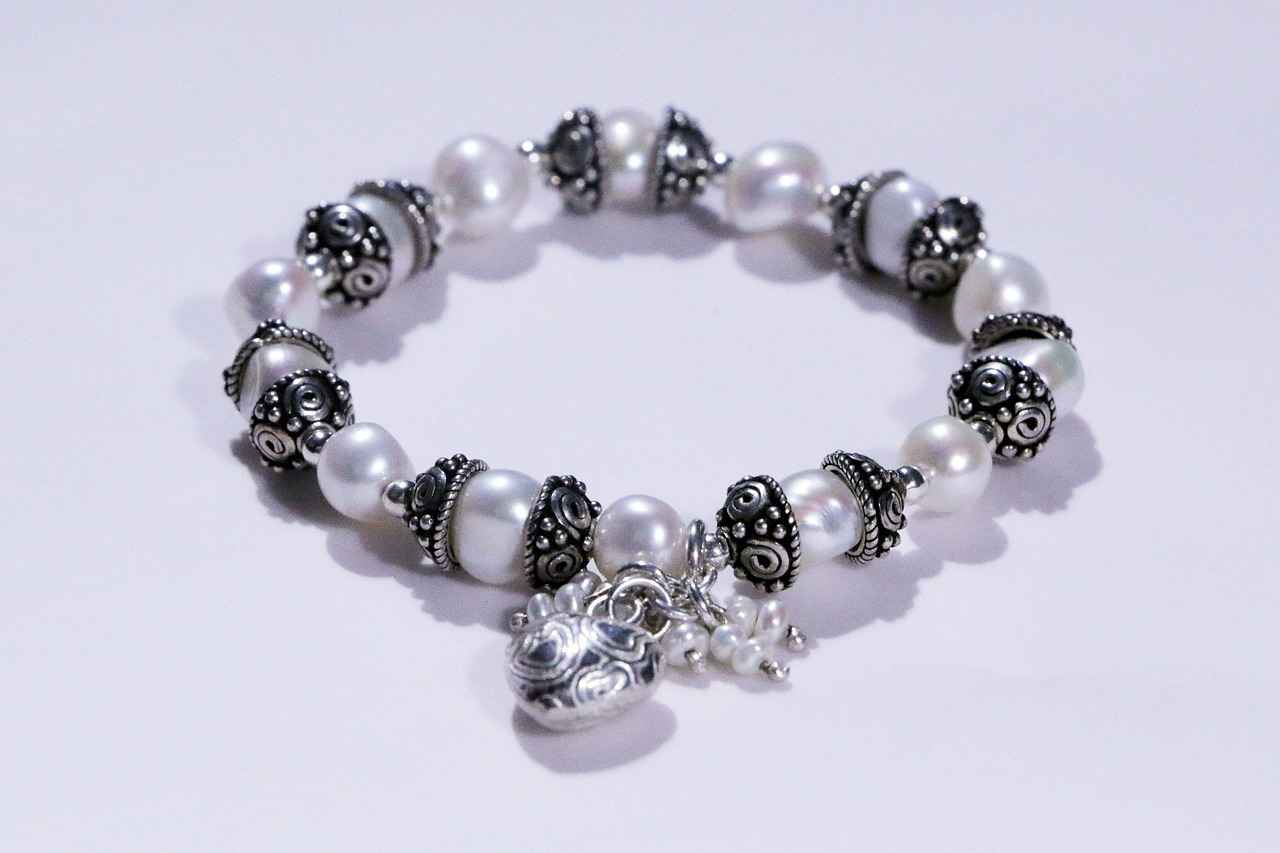
How to Store Your Titanium and Stainless Steel Jewelry?
When it comes to jewelry care, understanding how to store your titanium and stainless steel jewelry is crucial for preserving its beauty and longevity. These materials are known for their durability, but proper storage can significantly enhance their lifespan and maintain their aesthetic appeal.
Proper storage is essential for maintaining the quality of your jewelry. By using appropriate storage solutions, you can prevent scratches, tarnishing, and damage caused by environmental factors. Jewelry can be susceptible to dust, moisture, and even exposure to other metals, which can lead to unwanted wear and tear.
- Use Soft-Lined Boxes: A soft-lined jewelry box is ideal for storing your pieces. The soft material helps prevent scratches and keeps your jewelry organized.
- Opt for Pouches: For individual pieces, consider using soft pouches. These can be particularly useful for necklaces and rings, preventing them from tangling or scratching against each other.
- Avoid Humidity: Store your jewelry in a cool, dry place. High humidity can cause tarnishing, even on stainless steel. Using silica gel packets in your storage area can help absorb excess moisture.
- Keep Away from Direct Sunlight: Prolonged exposure to sunlight can fade the finish of your jewelry. Ensure that your storage area is shaded and not exposed to direct sunlight.
- Separate Pieces: To prevent scratching, store different pieces separately. Avoid placing rings and bracelets in the same compartment as they can rub against each other and cause damage.
- Avoid Stacking: Stacking jewelry can lead to scratches and dents. Always store pieces flat or in separate compartments.
- Don’t Use Abrasive Materials: Avoid using hard materials or containers that can scratch the surface of your jewelry.
- Keep Away from Chemicals: Store your jewelry away from cleaning supplies, perfumes, and other chemicals that can cause corrosion or tarnishing.
It’s advisable to regularly check your jewelry storage to ensure everything is in good condition. Look for signs of tarnishing or scratches and address them promptly. This proactive approach ensures that your jewelry remains in pristine condition for years to come.
For high-value pieces, using a safe can provide an extra layer of protection. Ensure that the safe is kept in a dry environment and consider using a soft lining to protect your jewelry further.
By following these storage tips, you can ensure that your titanium and stainless steel jewelry remains beautiful and well-maintained. Proper care not only enhances the appearance of your pieces but also extends their lifespan, allowing you to enjoy them for many years.

What to Avoid When Caring for Your Jewelry?
When it comes to caring for your jewelry, especially pieces made from titanium and stainless steel, understanding what to avoid is crucial for maintaining their beauty and durability. These materials are popular due to their strength and resistance to tarnish, but improper care can lead to unwanted damage. Below are some essential practices to steer clear of, ensuring your jewelry remains in excellent condition.
Many cleaning products contain harsh chemicals that can be detrimental to titanium and stainless steel. Substances like bleach, ammonia, or other abrasive cleaners can corrode the metal over time, leading to discoloration and loss of luster. Instead, opt for gentle, non-abrasive cleaners or natural solutions to keep your jewelry sparkling.
Extreme heat can affect the structural integrity of your jewelry. Exposure to high temperatures can cause metals to warp or change color. It is advisable to remove your jewelry before engaging in activities like cooking, using hot tubs, or working in environments with high temperatures.
Jewelry can easily get scratched when in contact with abrasive surfaces. Avoid wearing your titanium or stainless steel pieces while doing manual work or engaging in sports where they might be exposed to rough materials. Always store your jewelry separately to prevent scratches from other items.
While titanium and stainless steel are resistant to rust and tarnish, they are not immune to the effects of chlorine found in swimming pools or saltwater. Prolonged exposure to these substances can dull the finish of your jewelry. It’s best to remove your pieces before diving in.
Ultrasonic cleaners may seem like a convenient option for cleaning jewelry, but they can be too harsh for titanium and stainless steel. These devices use high-frequency sound waves to agitate a cleaning solution, which can lead to micro-scratches and damage. Stick to hand-cleaning methods using soft cloths and mild soap.
Many people neglect regular maintenance, thinking that their jewelry is durable enough to withstand everyday wear without care. However, regular cleaning and inspection can help catch any potential issues early on. Set a schedule for cleaning your jewelry and checking for any signs of wear.
Before applying lotions, perfumes, or hair products, remove your jewelry. These substances can leave residues that dull the finish and can be difficult to remove later. Give your jewelry a quick wipe after applying these products to maintain its shine.
Humidity can lead to tarnishing, even in stainless steel and titanium. Store your jewelry in a cool, dry place, preferably in a soft-lined box or pouch, to prevent moisture from causing damage. Avoid leaving your pieces in bathrooms or other humid areas.
By being mindful of these practices, you can significantly extend the lifespan of your titanium and stainless steel jewelry. Proper care not only keeps your pieces looking their best but also preserves their value over time. Remember, a little attention goes a long way in maintaining the beauty and durability of your cherished items.
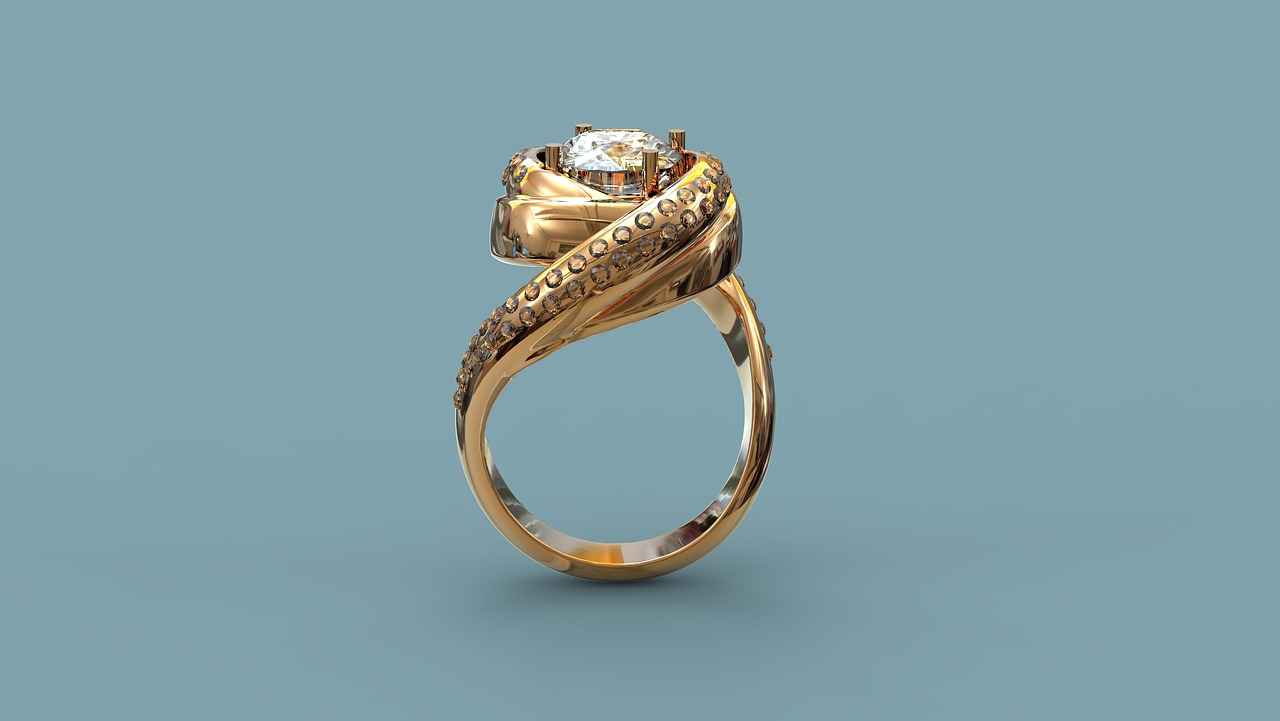
How to Remove Scratches from Titanium and Stainless Steel?
Jewelry made from titanium and stainless steel is not only stylish but also incredibly durable. However, over time, even these resilient materials can develop scratches that may detract from their beauty. Understanding how to remove scratches from titanium and stainless steel jewelry is essential for maintaining its appearance and ensuring it lasts for years to come.
Scratches can occur due to everyday wear and tear, exposure to harsh environments, or contact with abrasive surfaces. While titanium and stainless steel are known for their strength, they are not scratch-proof. Regular activities such as typing, exercising, or even washing dishes can contribute to the formation of these marks.
Fortunately, there are several effective methods to minimize the appearance of scratches on your jewelry. One of the most popular techniques involves using a fine polishing compound. This compound can help buff out light scratches, restoring the jewelry’s shine without causing any harm to the metal.
- Gather Your Supplies: You will need a fine polishing compound, a soft cloth, and possibly a polishing wheel if you have one.
- Clean the Jewelry: Start by cleaning the piece with mild soap and water to remove dirt and oils.
- Apply the Polishing Compound: Use a small amount of the compound on the soft cloth. Gently rub the scratched area in circular motions.
- Buff to Shine: After polishing, buff the area with a clean section of the cloth to restore its luster.
Yes, there are DIY solutions that can be effective for removing scratches. For instance, a paste made from baking soda and water can serve as a mild abrasive. Apply it gently to the scratched area and buff it out with a soft cloth. However, caution is advised to avoid deeper scratches or damage.
If your jewelry has deep scratches or is heavily tarnished, it may be best to consult a professional jeweler. They have specialized tools and techniques to restore your jewelry without risking further damage. Professional services can provide a level of care that DIY methods may not achieve.
While scratches are sometimes inevitable, there are ways to minimize their occurrence. Here are some practical tips:
- Store Properly: Keep your jewelry in a soft-lined box or pouch to prevent it from rubbing against other items.
- Avoid Harsh Chemicals: Exposure to chemicals can weaken the metal and make it more susceptible to scratches.
- Remove During Activities: Take off your jewelry during activities that may cause scratches, such as sports or heavy cleaning.
Incorporating regular maintenance into your jewelry care routine can significantly prolong its life. Cleaning your titanium and stainless steel pieces regularly and addressing scratches promptly will help maintain their beauty and integrity.
By following these methods and tips, you can effectively remove scratches from your titanium and stainless steel jewelry, ensuring that it remains a cherished part of your collection for years to come.
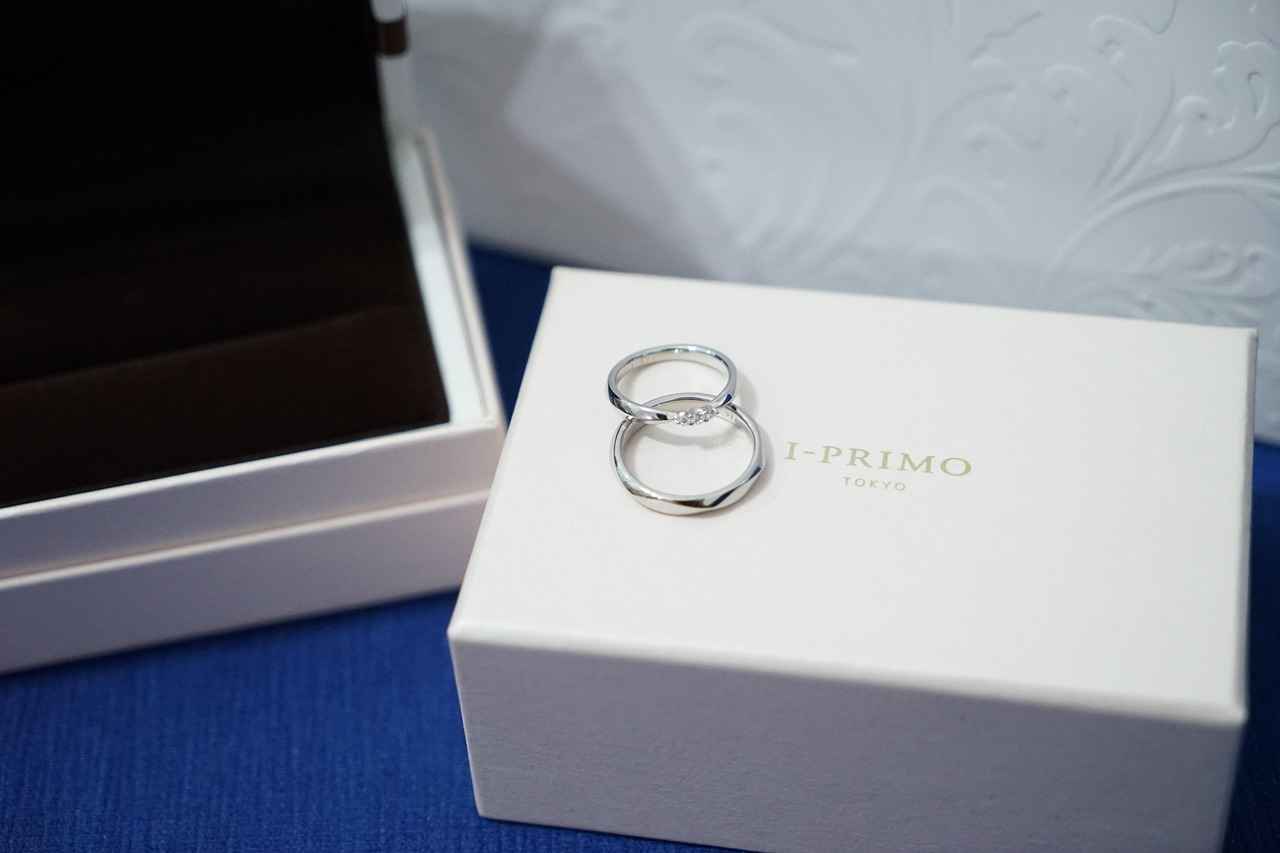
What Are the Benefits of Regular Jewelry Maintenance?
When it comes to jewelry, particularly titanium and stainless steel, regular maintenance is essential for ensuring longevity and aesthetic appeal. Many people may underestimate the importance of consistent care, but it plays a significant role in keeping your precious pieces in top condition. This article delves into the numerous benefits of regular jewelry maintenance and how it can enhance your collection.
Regular maintenance not only keeps your jewelry looking its best but also extends its lifespan. By incorporating a routine care regimen, you can prevent buildup of dirt, oils, and other residues that can dull the shine of your pieces. Over time, neglect can lead to irreversible damage, making maintenance a crucial aspect of jewelry ownership.
Jewelry is often worn daily, which means it is exposed to various environmental factors that can affect its appearance. Regular cleaning and polishing help maintain the luster of your jewelry, ensuring it remains as stunning as the day you bought it. A simple cleaning routine can significantly improve the visual appeal of your pieces, making them look new and vibrant.
- Prevention of Damage: Regular maintenance helps identify and address minor issues before they escalate into significant problems.
- Cost-Effective: Investing time in maintenance can save you money in the long run by reducing the need for professional repairs.
- Increased Resale Value: Well-maintained jewelry retains its value better, making it more appealing to potential buyers if you ever decide to sell.
To ensure the longevity of your jewelry, consider the following maintenance practices:
1. Clean your jewelry regularly using mild soap and a soft cloth.2. Store pieces separately to avoid scratches and tangling.3. Avoid exposure to harsh chemicals and extreme temperatures.4. Schedule professional cleanings for intricate designs or heavily tarnished items.
Consistent care directly correlates with the lifespan of your jewelry. Regularly inspecting your pieces allows you to catch any signs of wear and tear early on. This proactive approach can prevent costly repairs and extend the life of your jewelry significantly.
While regular maintenance is beneficial, certain practices can be detrimental. Avoid using abrasive materials or harsh chemicals that can scratch or corrode the metal. Additionally, refrain from using ultrasonic cleaners on delicate pieces, as they can cause damage.
For those who own intricate or valuable pieces, professional maintenance services can provide a level of care that is difficult to achieve at home. Experts have access to specialized tools and techniques that can restore your jewelry to its original condition without risking damage.
In conclusion, the benefits of regular jewelry maintenance are undeniable. From enhancing appearance to prolonging lifespan, incorporating a routine care regimen is essential for any jewelry owner. By taking the time to care for your titanium and stainless steel pieces, you ensure they remain beautiful and valuable for years to come.
Frequently Asked Questions
- How often should I clean my titanium and stainless steel jewelry?
It’s a good idea to clean your jewelry every few weeks, especially if you wear it daily. Regular cleaning helps maintain its shine and prevents dirt buildup.
- Can I use regular household cleaners on my jewelry?
No, avoid using harsh household cleaners as they can damage the finish. Stick to mild soap and water or specialized jewelry cleaners for the best results.
- What should I do if my jewelry gets scratched?
If you notice scratches, you can try using a fine polishing compound to buff them out gently. For deeper scratches, consider seeking professional help to restore your jewelry.
- Is it safe to wear titanium and stainless steel jewelry while swimming?
Yes, both titanium and stainless steel are resistant to corrosion, making them safe for swimming. Just be sure to rinse off any chlorine or saltwater afterward.
- How should I store my jewelry when not in use?
Store your jewelry in a soft-lined box or pouch to prevent scratches and keep it organized. Avoid leaving it exposed to sunlight or extreme temperatures.

